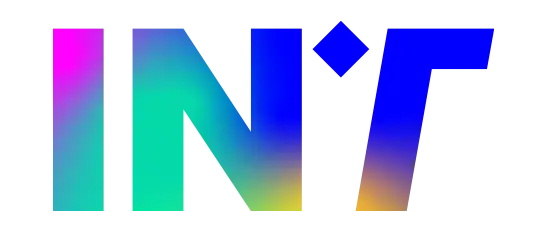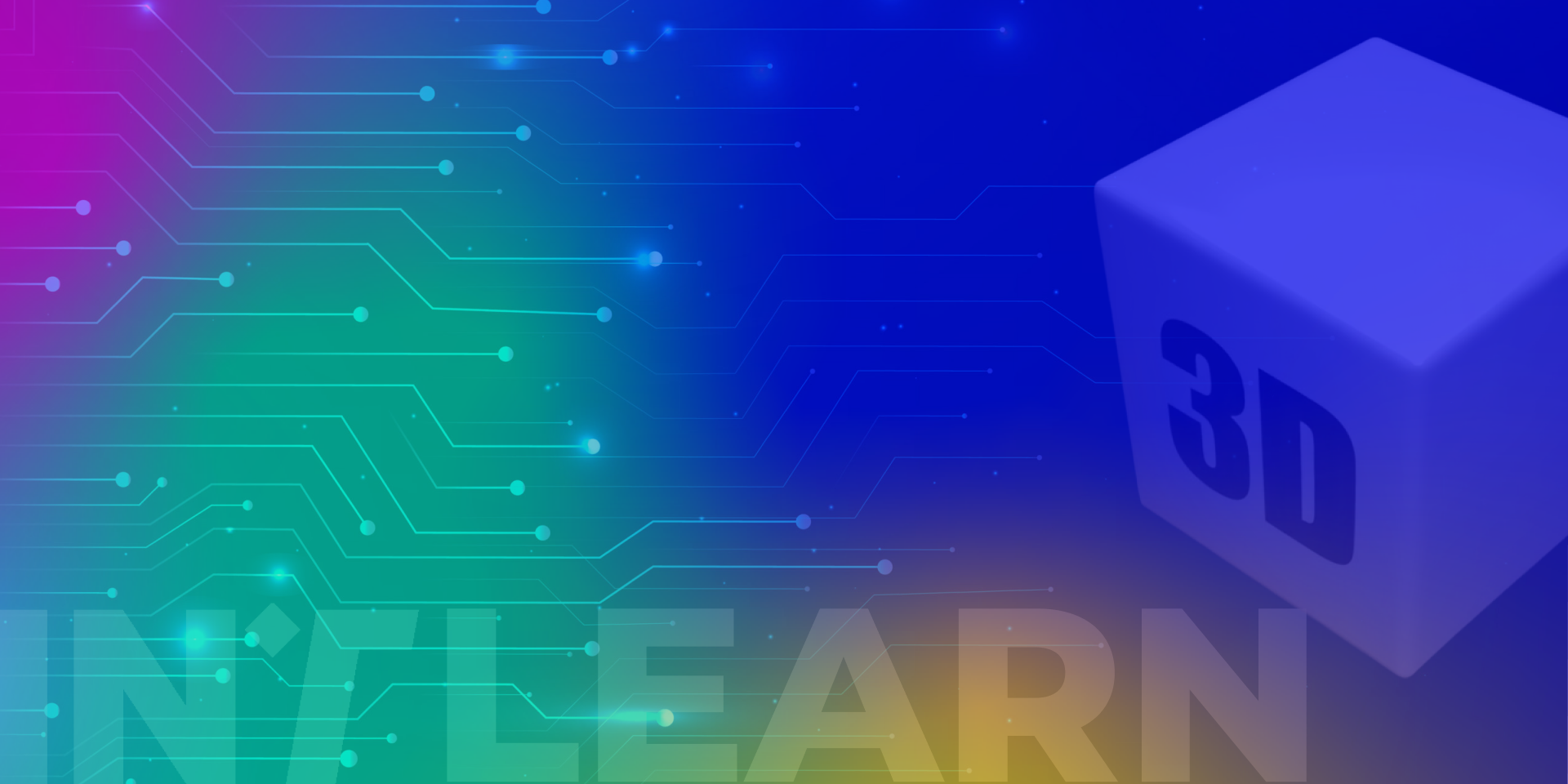Functionality and fields of application about NFT
NFT: Non-Fungible Token represents something intrinsically unique and irreplaceable by another item of equal value, unlike a cryptocurrency (like Bitcoin), which can be exchanged for an equivalent unit.
Essentially, an NFT is a digital content that signifies “ownership,” or more precisely, a right over real-world or digital objects, such as artworks, music, game items, or various types of collectibles.
FUNCTIONALITY
The process of creating an NFT begins with a digital version of the work, which is a long sequence of data. This sequence is then “compressed” into a shorter, unique sequence called a “hash”, through an irreversible process known as hashing. While the owner of the digital document can easily calculate its hash, it’s practically impossible for anyone else to reconstruct the digital document from this data.
The next step involves storing this hash on a blockchain, with an associated timestamp. A blockchain is a decentralized and immutable database, meaning no one can alter previously entered data. It’s built on a network of independent computers, ensuring the information is incorruptible and unforgeable.
The rise of NFTs has paved the way for an automated hash market. The creator can embed their hash into the token and then sell it in exchange for cryptocurrency. NFT tracks these sales, allowing the chain of ownership for the hash to be traced back to its creator, thereby providing proof of authenticity and, simultaneously, proof of the right to the work. The hash owner can assert their rights without intermediaries and without time limits.
FIELDS OF APPLICATION
Since their inception, collectible NFTs have revolutionized the art world, opening up new opportunities for artists. They’ve been able to monetize unique and non-replicable works, fund projects through limited collections, and claim royalties on the use and resale of their creations. The use of tokens to certify ownership has also fostered the creation of active communities around specific artworks or authors.
However, the impact of NFTs extends far beyond art. In the Supply Chain, they’re used to create “digital twins” of products, allowing their entire history to be tracked from production to maintenance and resale. In the gaming world, so-called “crypto games” or “NFT games” leverage blockchain technology to interact with players both within and outside digital worlds, enabling a true trade of digital goods.





